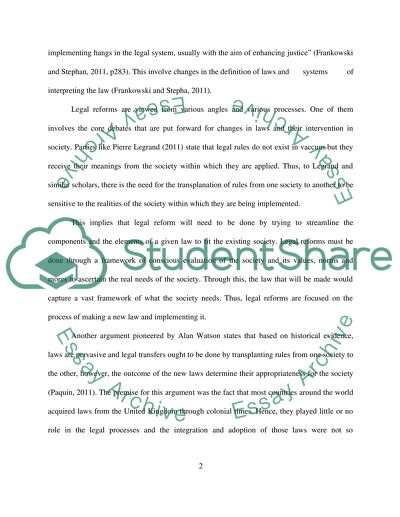Cite this document
(Law Reform Process and Outcome Research Paper Example | Topics and Well Written Essays - 3000 words, n.d.)
Law Reform Process and Outcome Research Paper Example | Topics and Well Written Essays - 3000 words. Retrieved from https://studentshare.org/law/1490984-research-essay
Law Reform Process and Outcome Research Paper Example | Topics and Well Written Essays - 3000 words. Retrieved from https://studentshare.org/law/1490984-research-essay
(Law Reform Process and Outcome Research Paper Example | Topics and Well Written Essays - 3000 Words)
Law Reform Process and Outcome Research Paper Example | Topics and Well Written Essays - 3000 Words. https://studentshare.org/law/1490984-research-essay.
Law Reform Process and Outcome Research Paper Example | Topics and Well Written Essays - 3000 Words. https://studentshare.org/law/1490984-research-essay.
“Law Reform Process and Outcome Research Paper Example | Topics and Well Written Essays - 3000 Words”, n.d. https://studentshare.org/law/1490984-research-essay.


